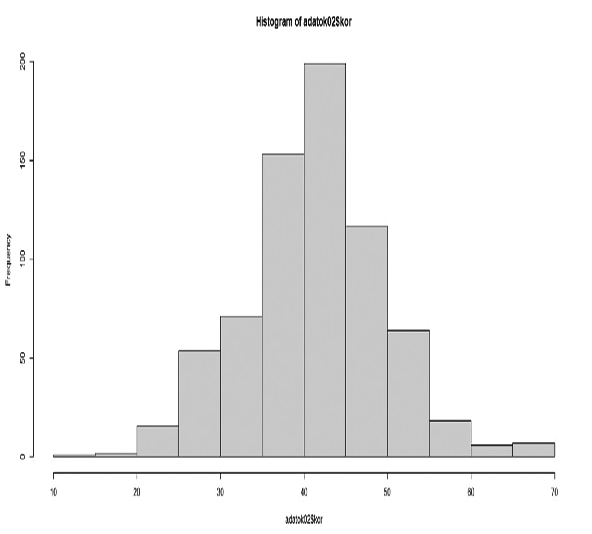Examination between the measured and estimated parameters of the participants in the Hungarian Defence Forces Body Composition Program
DOI:
https://doi.org/10.17532/jhsci.2022.1597Keywords:
Physical appearance, physical strength, lifestyle change program, phase angle, hand grip strength, military healthAbstract
Introduction: The aim of the research was to analyze the - Introduced in 2015 as a new force protection capability - Hungarian Defence Forces Body Composition Program (HDF BCP) participants’ pattern of the measurement parameters and their relationship to each other, furthermore, to create a measurement protocol that can be used with large number of elements, which allows the estimation of strength and fat-free mass in the following.
Methods: The examination was carried out between 2017 and 2020. Within the HDF BCP, the measured and estimated parameters of 283 volunteers between the ages of 18 and 67 years old. A total of 709 measures were made. A Premium Body Impedance Analyzer 500 (BIA) instrument was used for the examinations. In addition, a DYNA 16 strength meter (DYNA) was used which makes it possible to measure the grip strength of both hands at the same time. Statistical calculations are performed with R-Studio program.
Results: An increase in the phase angle is accompanied by an increase in the maximum hand grip strength (p < 0.001). The full body strength increases with weight gain regarding both sexes in all age groups tested (p < 0.001). Our linear regression model is suitable for estimating maximum hand grip strength using body weight, fat-free mass, age, and gender values (R2 = 0,74) and to estimate fat-free mass percentage based on body weight, maximum hand grip strength, and gender values (R2 = 0,78).
Conclusion: The use of phase angle is an important indicator of a lifestyle change program. In the created linear regression model we will be able to estimate body fraction in significant numbers with high accuracy after measuring minimum parameters.
Downloads

Downloads
Published
License
Copyright (c) 2022 Attila Novák, Bea Hornyák, Zsófia Rázsó, Szabolcs Szalánczi, Andrea Sótér, Csaba Nyakas

This work is licensed under a Creative Commons Attribution 4.0 International License.










